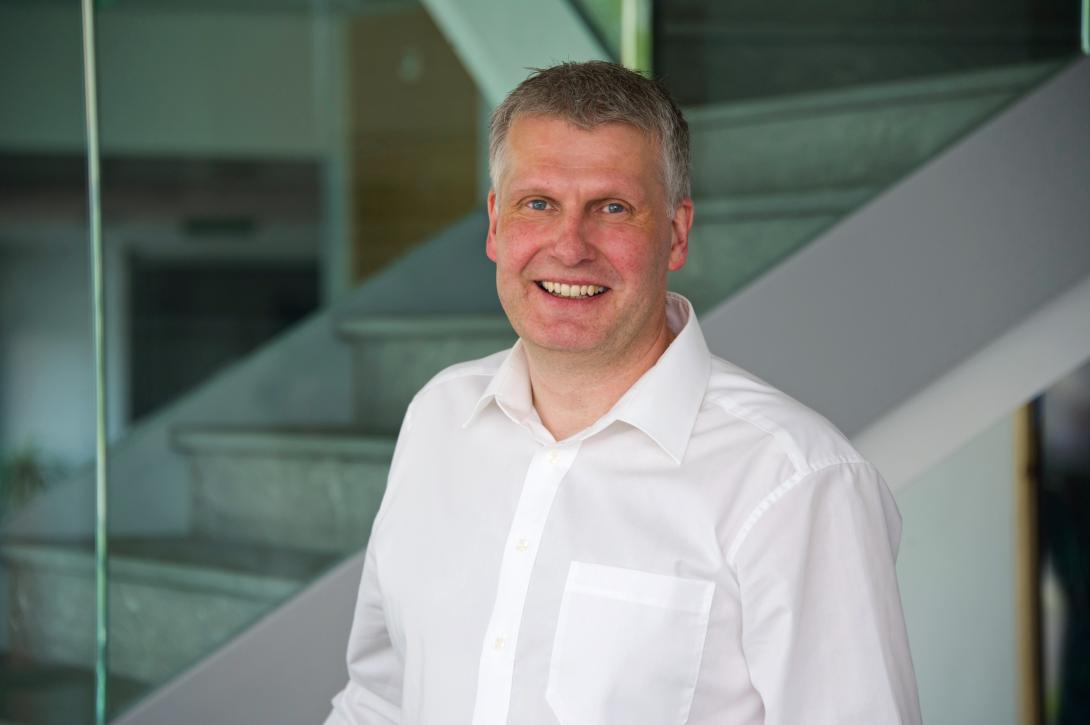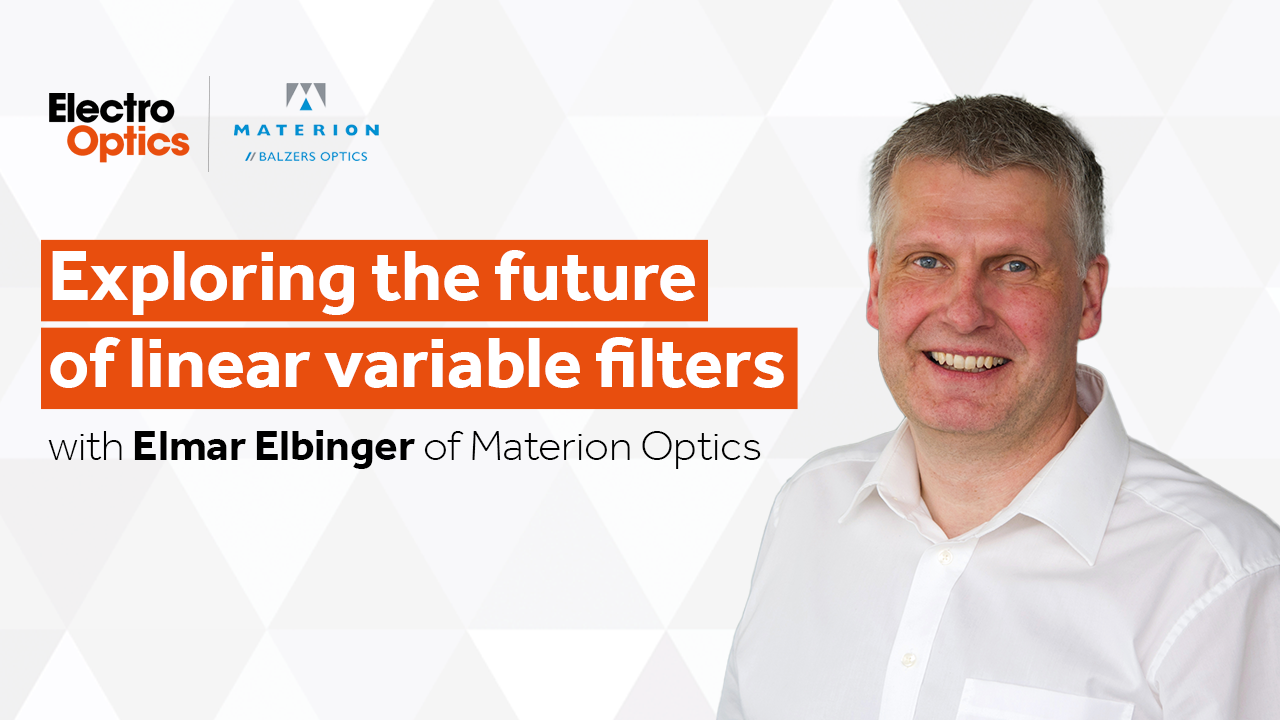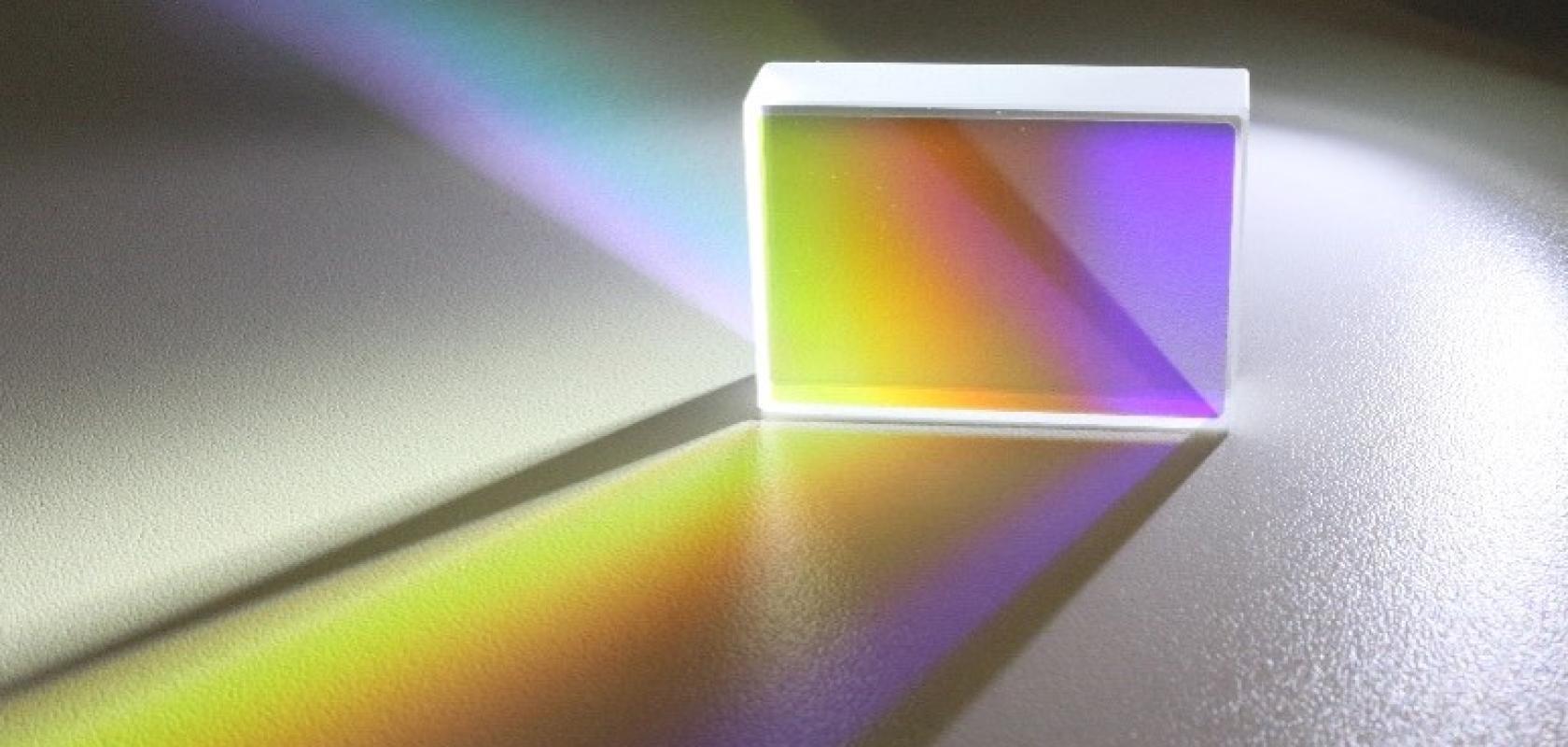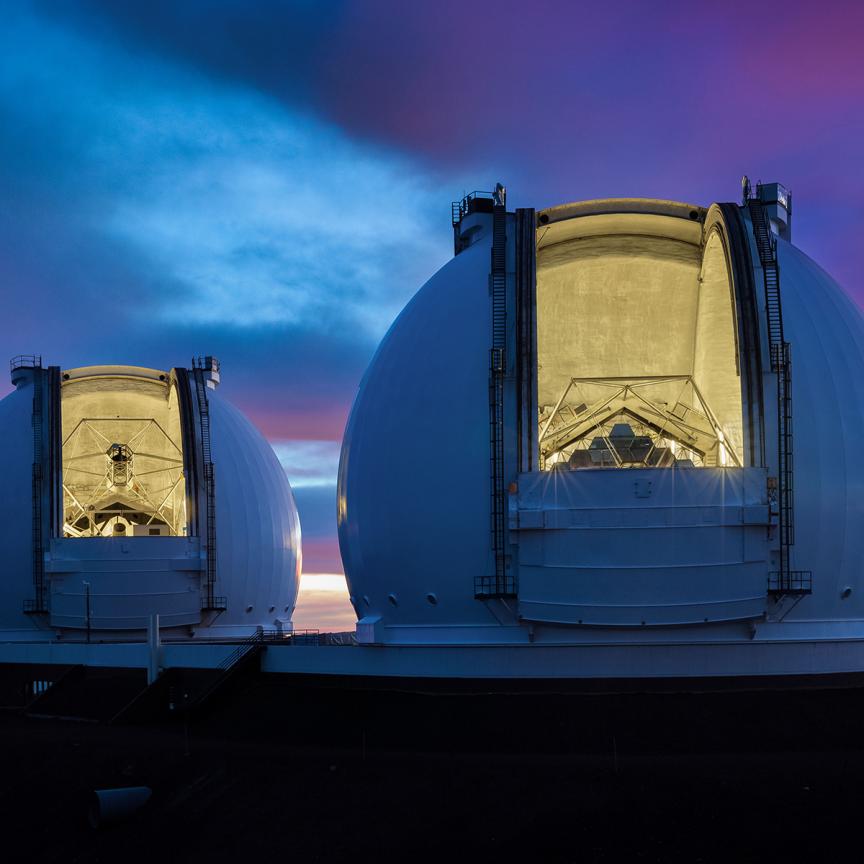Elmar Elbinger, Product Manager for Optics at Materion Precision Optics Group, on the company’s range of linear variable filters (LVFs) and how these products are transforming markets from life sciences to hyperspectral imaging.
Electro Optics: Elmar, can you start by telling us about Materion Optics and your role within the company?

Elmar Elbinger, Product Manager for Optics at Materion Precision Optics Group
Elmar Elbinger: Materion is a US-based company that is listed on the New York Stock Exchange. It was founded in the 1930s, and I work within its optics division, the Materion Precision Optics Group, at its site located in Jena, Germany. I’ve been a product manager here for 13 years, focusing on developing advanced optical components and filters.
EO: What first prompted the development of your linear variable filters (LVFs)?
EE: We were driven by customer inquiries – especially from the biomedicine and analytical sectors. In fluorescence microscopy, for example, users often rely on multiple filters to analyse different fluorophores. Customers asked us if it was possible to create a single filter that could handle multiple wavelengths, simplifying their set-ups. That was the start of our LVF development.
EO: Was this a product area Materion had already been planning to enter?
EE: We are always on the lookout for new approaches. Mass production isn’t really our strength – we focus on high-performance solutions for specific applications. The request for LVFs aligned perfectly with our core business, and we moved quickly to begin development.
EO: Was the market for these filters already established, or were you breaking new ground?
EE: It was quite new. Many companies we spoke to hadn’t heard of linear variable filters before. So, in addition to developing the products, we’ve also had to help develop the market – through events such as Laser World of Photonics in Munich, for example.
EO: How long did it take to go from concept to prototype?
EE: We began development about five years ago. The first production-ready filters took about two years to complete. But now, thanks to the progress we’ve made in our processes, we can go from idea to production-ready filter in just eight-to-10 weeks.
EO: That’s quite a development speed. How have regulatory and market requirements shaped the process?
EE: In life sciences, yes, regulation is always a consideration. But we’ve since found that these filters are also relevant in other areas, such as hyperspectral imaging, space applications and even agriculture. That versatility has really opened up a range of exciting new markets.
EO: What do prospective customers need to know about using these filters?
EE: The first step is to understand the customer’s needs in detail. Most traditional filters are circular, but LVFs are typically rectangular and contain multiple bandpass sections across their length. So, customers often need to modify their mechanical set-up. We also would also spend time discussing spectral requirements, filter dimensions and whether they need longpass, shortpass, or bandpass performance.
EO: How are these filters manufactured?
EE: We use a plasma-assisted reactive magnetron sputtering process. The turntable in the chamber can hold filters with a maximum diameter of 200mm. Dependent on the size, we can produce 100 to any thousand of filters, but we see more and more optical imaging sensor-related companies looking for small filters on a wafer-level format.
EO: How do you maintain consistent performance across so many filters?
EE: That was a significant challenge. Achieving high optical performance requires tight control over the coating process, such as sputtering rates and energy levels. We also had to develop an entirely new metrology set-up to accurately measure performance and maintain uniformity.
EO: Can you tell us what makes these filters suitable for extreme environments?
EE: The sputtering process results in coatings that are not only optically precise but also environmentally stable. These filters are space-qualified and can be used under harsh field conditions, making them highly versatile.
EO: Are there any limitations in terms of availability or customisation?
EE: No, customisation is standard and often requested by the client. Customers should be aware that high transmission and deep blocking outside the passband are performance drivers, but they also increase costs. So, we work closely with clients to find the right balance based on their budget and needs. This collaborative design process usually takes about four weeks before moving into production.
EO: What advice would you give to someone considering linear variable filters for the first time?
EE: The most important thing is to prioritise performance needs. Customers often want maximum transmission, deep blocking, ultra-narrow bandwidths and perfect flatness – all in one. But this isn’t always feasible or necessary. It’s crucial to identify which specifications truly matter for the application and be open to optimisation discussions that balance performance and cost.
EO: Looking ahead, how do you see this product line evolving?
EE: We expect strong growth in this area. Over the past two-to-three years, interest in LVFs has surged. More and more customers want to integrate them directly onto sensor systems, in increasingly compact forms. This trend is pushing further innovation and we’re excited about where it’s heading.
For more information, visit materion.com
Watch the full interview on our channel - plus news, insights and more
|  |


